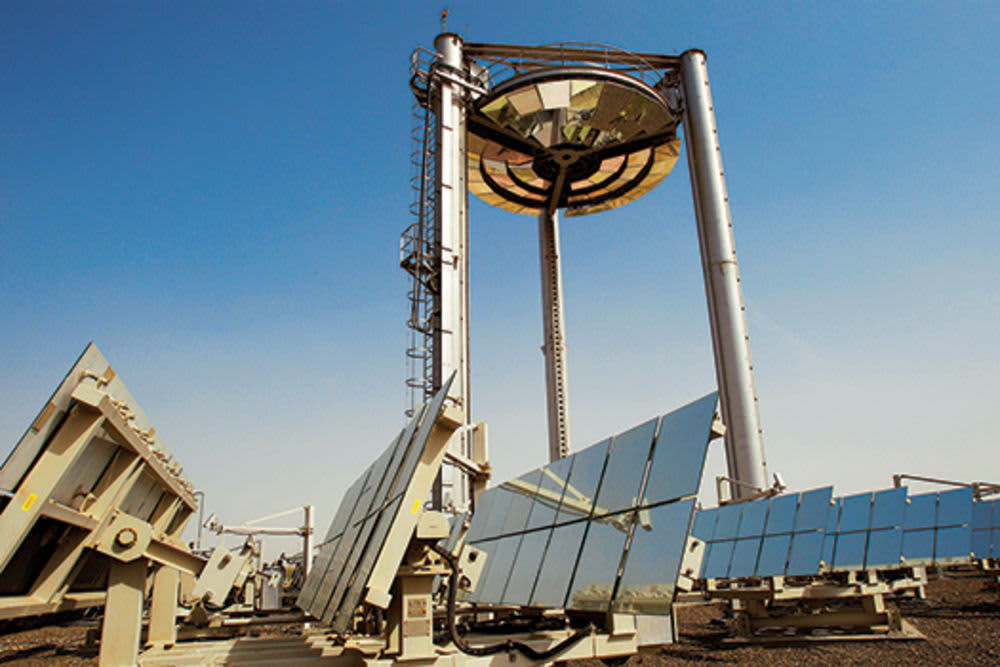
Racking is attached directly to a footing, block or basket, and concrete is commonly used as the weight to hold it in place. This mounting solution has a smaller post surface area similar to helical piles but comes in longer post lengths to ensure proper embedment depth. A set of racking can attach to ground screws of various lengths, keeping panels level while adjusting to varying topography.īallasted systems are a non-penetrating foundation solution for solar. We can accommodate those different soil conditions with the design of the ground screw itself.” “On a looser site, you might have a longer or wider ground screw vs.
#Feedy frenzy plant vs solar beam install
“Ground screws work in a wide range of soils and it comes down to how you design the ground screw to accommodate where you’re trying to install into,” said Richard Van Fleet, director project operations at TerraSmart. The pointed, threaded end is outfitted with a forged chisel-tip that is able to push smaller rocks aside, and installers can even drill a starting hole into larger stones to rotate the ground screw directly into the ledge. These mounts were built to work in rocky landscapes. In medium-dense to loose soils, ground screws can be driven directly into the ground. To install a ground screw in dense soils, contractors core a pilot hole, set the screw inside and drive the mount into the ground using a rotary hydraulic drive or proprietary machinery. Turnkey solar-racking company TerraSmart fabricates and installs ground screws of varying sizes to adapt to different soil types. The ground screw’s difference in design lies in its threaded end that leads to a point, much like in carpenter screws. Ground screws work similarly to helical piles, also creating a cone of soil that resists upward tension. a helical almost has identical characteristics on every site,” Von Deylen said. “Other foundations could not work, but the helical with the flanges works perfectly for those…because a driven pile is going to have very different characteristics on almost every site vs. Helical piles will embed at shorter depths in soft and sandy soils compared to I-beams.

With a smaller surface area, helical piles will embed with minimal soil disturbance. The design of helical piles makes them ideal for sandy, black or clay soils, as well as areas with high water tables, where piles require greater depths for embedment. APA Solar Racking carries a helical anchor with replaceable helixes in various lengths to adapt to different ground conditions. Helical piles are installed by digging an initial guiding hole and using a skid steer with a rotating attachment to spin the mount into place. Once driven the proper depth, the helix portion of the anchor will resist being pulled out by creating a cone of soil above it. Helical piles are cylindrical posts with, as the name suggests, a helix that’s two or more inches wide, mounted or attached near the bottom of the post. I-beams come with a higher price tag than some smaller post mounts, but are ideal for larger-scale systems, Von Deylen said, because they have stronger load bearing and require fewer penetrations per rack compared to helical anchors or ground screws.

Installers make up that money by installing more beams, which is why a pile-based solar installation doesn’t make sense on small projects. Pile testing is required to determine the correct depth, a process that can be expensive. “It can work in any soil condition, and it just depends on mechanical properties of that soil for the friction of how deep that pile has to go,” said Josh Von Deylen, CEO of APA Solar Racking. Higher water tables can reduce friction and require a pile to be driven deeper than usual. The soil’s friction keeps the piles in place.įor I-beams in sandy soil, embedment depth is based on grain size. Beams can be mounted in clay, black and sandy soils, and work best when the site is rock-free. Racking is then attached to the exposed beam. I-beams, H-beams or C-channels are installed using a piledriver that pushes them directly into the earth. They are also the most common ground-mount option for solar systems.

I-beams are a common component across the field of construction, used as structural supports in horizontal and vertical applications in buildings.


 0 kommentar(er)
0 kommentar(er)
